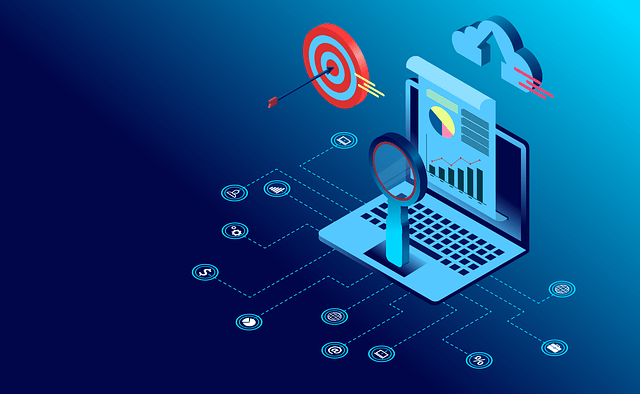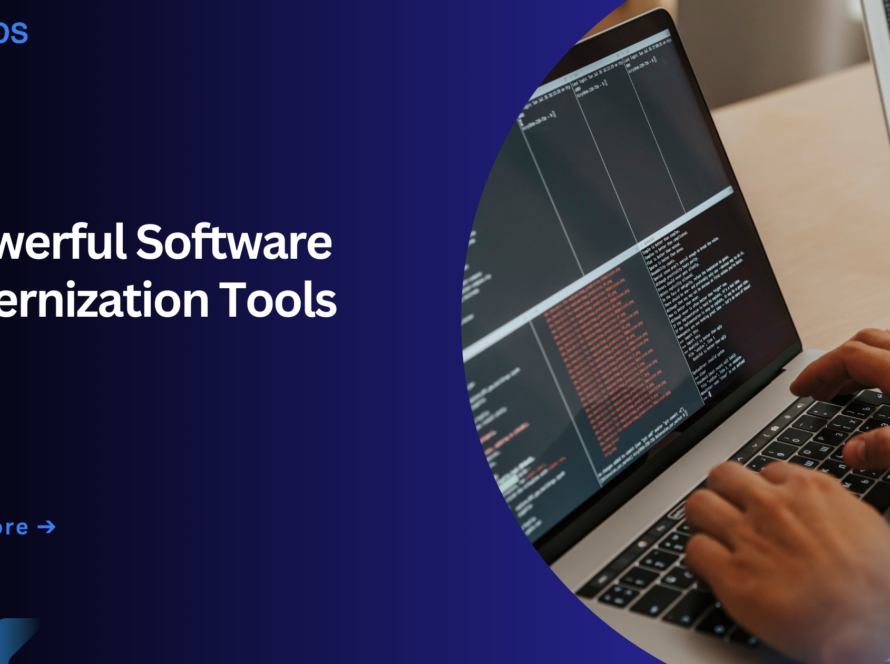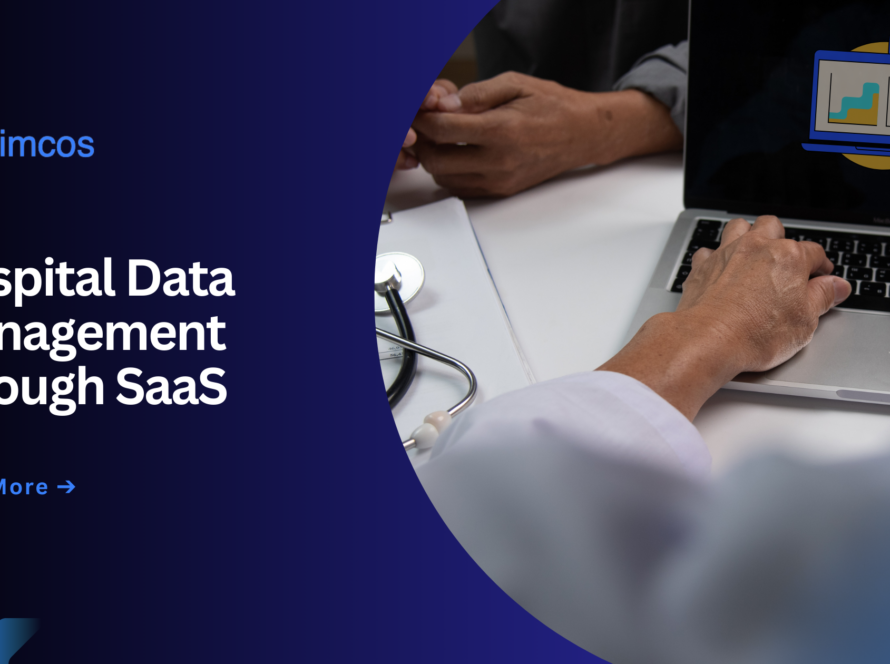For a reason, data is the most sought after asset among corporations—both big and small—and it has been pitched at par with other conventional resources of oil, labor, capital and land. Data professionals like data engineers are instrumental in managing this invaluable resource as well.
Table of Contents
What is Modern Data Stack?
A data stack is a collection of tools used to process source data before it is consumed. Now, this stack is known as modern data stack aka (MDS) so in 20th century had the storage applications to store and regain them but in now have special tools for how you bring specific chunks of your data and also stash it away somewhere before finally transforming then loading that into a useful final table form. It is thanks to those tools which allows preferring transforming unprocessed data into processed.
Today’s data landscape is complex and the modern data stack uses powerful cloud native technologies along with tools to deal directly based on today requirement. Flexibility, Scalability Fast insights Collaboration The user-friendly format These are some of the major advantages that were not in Traditional Data Stack systems and is focused by Modern data stack

How the modern data stack is different than a legacy one?
Modern data stacks are cloud-based; this means that you can start using them any time and from anywhere easily, unlike traditional data stacks where there is server management needed. This makes new implementation relatively easy and scales automatically as your data needs increase. Your ideal data stack for the modern web: Everyone should be able to manage their tools and use them without being limited by technical constraints.
Why is MDS becoming so popular?
Modern data stacks (MDS) have gained such a huge following for one single, very good reason: traditional data stacks (TDS) cannot handle the amount of data many companies process in this era. Modern data stacks offer a plethora of benefits as compared to their traditional legacy systems and that best suits the new-age businesses growing in an era where everything is touched by Data.
Today’s pace of business demands that data is made available fast and seamlessly for use by businesses to make decisions quickly, ahead of their competitors. The traditional enterprise data stack is complex and brittle, which makes it hard for an organization to respond to new situations. Given this steady flow of new technologies, companies are scared they will be left behind and that there is a whole lot out there not justifying their spend.
So, before exploring what a modern data stack actually is, let’s look closer at –
What makes modern data stacks (MDS) different?
1. Lives in the cloud
Modern data stacks rely on online services (cloud) which are rented monthly instead of requiring physical servers you manage yourself. These are more comfortable to implement as well available by making a connection with the internet. Cloud platforms are the market standard as modern data stacks provide their scalability, flexibility and cost-effective nature.
It also gives them the freedom to scale their apps up or down as needed with a Geo-Replicated, highly available multi-writer schema free cloud-native architecture that provides global availability so teams work together no matter where they are.
2. Works with central data storage
The modern data stacks are highly ambidextrous as they easily connect any central data storage places such (Redshift, BigQuery, Snowflake) where all your bank rests.
Central data storages– All the date consolidated, processed and made available for analysis is stored here. This allows you to do data analysis, with the proper data governance and management from a single location.
3. Easy to get started
Now, most new data tools are a SaaS subscription or freemium model. Most of them are built to be easy so even people without a lot for technical skill to install and use them, unlike traditional data stacks that tend to more complex making it difficult for beginners.
Simply put, modern data stacks are so accessible because they are cloud native by design and come with a set of tools which work on your behalf (the friendly user experience), they provide automation in comparison to the legacy systems, store everything funally within one place as well providing end-to-end real-time capabilities without compromising security. The goal is to put the tools in peoples hands so they start using them right away, even if you are not a computer expert.
4. Focuses on one task at a time
New data tools are meant to do one thing well out of the possible jobs: cleaning, organizing and etc. This is very helpful because it helps us to be more Adaptable and change them easily case required. Data tools today are built to do one specific thing in the data process :cleaning, organizing etc.
Each tool has been engineered to be the best in a specific task or function they perform, resulting in tools that are super effective and efficient & optimised for their particular role on the data stack. This makes them performant, trustworthy, user-friendly, flexible and swappable.
5. Low cost to try
Most modern data tools use a pay-as-you-go pricing model which means you only get charged for the services that you use. That way you create without breaking the bank, until soon one or two will make it worth investing in a more expensive model.
In addition, a few modern data tools like Google BigQuery(1TB per month), Amazon Redshift(2 months for free 160 GB SSD storage) and Snowflake (400 credits inclusive of $20 worth of usage on compute part only to be spent within first thirty days from signup date ) available in the market offer usages with limited quotas are provided as free. Other tools offer free trials allowing full features for a period. Instead, it allows you to try different tools out before making a big purchase.
6. Support business intelligence
Businesses embed business intelligence with the help of a plethora of tools that are offered by modern data stacks. This will enable organisations to more quickly collect, analyze and visualize data.
Additionally, modern data stacks support real time processing so you have insights for them updated and actionable. Contains the combination of machine learning and predictive analysis to enhance better data analytics with decision making.
7. Process enormous data transactions
The modern data stacks allow organizations to process millions of transactions in an hour. Modern data stacks equip businesses largely with tools and technologies that they use to process high volumes of data.
Through distributed computing, cloud-native infrastructure, optimised storage formats and automated scaling – huge amounts of data are processed for real-time insights.

Benefits of using Modern Data Stack
• Cost efficiency
These days most of the data tools are pay-as-you-go-based, hence you will only be billed for what you use. This in addition various modern data tools like Google BigQuery, Amazon Redshift and Snowflake offering free tiers with some low row quotas. Also, there are few tools that offer fully exposed time limited free trials. Helping you continue to trial new solutions before investing in something large. Benefits of SaaS Applications
• Better data governance/security
Metadata Management : Modern data stacks offer robust support for metadata management which helps in tracking the lifecycle of datasets through better lineage and traceability. Whether for a data regulation or standard, there are built-in compliance and security features, which support granular access controls to protect sensitive data. Organisational data integrity, privacy protection and risk mitigation are also kept in order.
• Advanced analytics capabilities
Predictive analysis is how organisations provide their business intelligence by getting valuable insights from the data stored, combined with machine learning. It also permits real time processing for business analytics by analysing streaming data and respond to events as they happen. This benefits any business by helping their operation to be in a better order as well as increase productivity and efficiency at large.
What’s ahead for the Modern Data Stack?
This is the data stack of today and will remain a mainstay on business landscapes everywhere. As it is more widely adopted, it only gets better. We expect the modern data stack to evolve further in the coming years enabling enterprises to process and structure large volumes of data swiftly.
In addition, improved data literacy among professionals will mean that moving forward businesses of all sizes will have access to the modern data stack at a price point they afford due to cheaper cloud computing and AI services. With the evolution of data stacks, so will be our tools to make business decisions from them. It is a feature in our toolbox that will just get better and enhance the capabilities of other technologies as time passes.

How does Himcos help?
Himcos provides Business Software Modernization services. Our team isn’t just skilled, you get the best minds tackling your modernization project, ensuring exceptional quality and results. Our experts help improve performance, reduce costs, enhance security and foster innovation providing our clients with scalable, secure and high performing applications.


